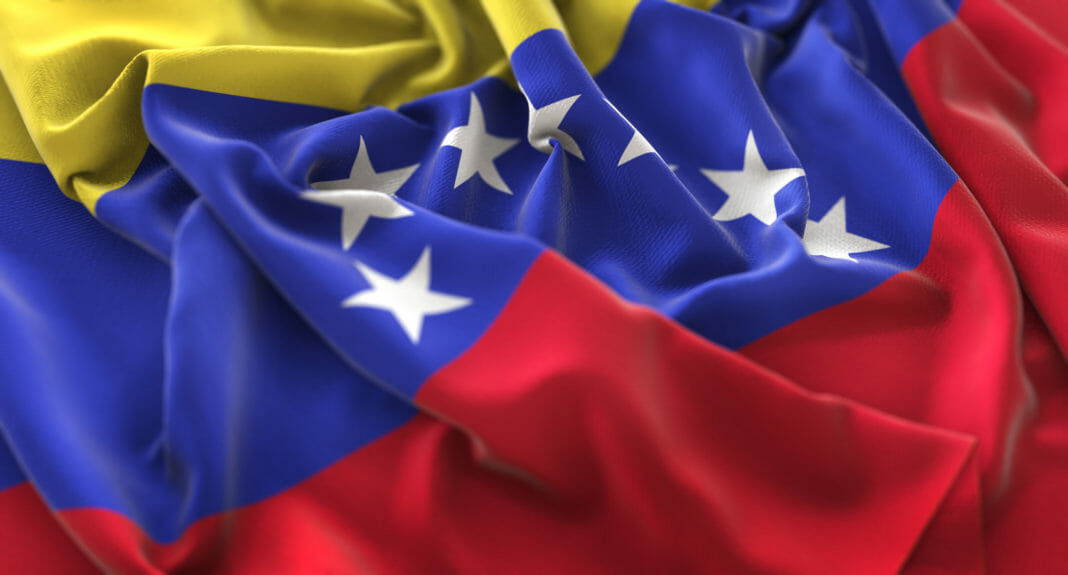A new 100,000-bolivar banknote would be equivalent to 0.22 cents on the US dollar. Today, an average Venezuelan would need 1,500 of these banknotes to buy food for a month.
It seems that the Government of Venezuela is taking steps to add a new monetary cone to the economy of the country. The plan would include the printing of new banknotes, including that of 100,000 bolivars.
This year, the Nicolás Maduro administration has imported around 71 tons of security paper from an Italian printing company. The government would use this supply to respond with monetary printing to the cash shortage that hyperinflation has caused.
In this way, the highest denomination ever printed in Venezuela would be the 100,000-bolivar banknote. However, it would only be equivalent to 23 US cents, hardly enough to pay for public transportation. The Central Bank of Venezuela is considering introducing even higher denominations in the future.
People required about VES 91,800,000 (about USD 230) to cover the cost of the food basket last August, according to the Center for Documentation and Social Analysis (CENDA). In other words, a Venezuelan would need about 1,500 of the new 100,000-bolivar banknotes to purchase the food needed for a month.
Venezuela has undergone two monetary reconversion processes in the last ten years. The first occurred in 2008, with the establishment of the “strong bolivar” (VEF). The second reconversion occurred in 2018, giving way to the “sovereign bolivar” (VES). On this last occasion, the Venezuelan government subtracted five zeros from the fiat currency.
The BCV added three new banknotes (VES 50,000, VES 10,000 and VES 20,000) to the circulating monetary cone in June of last year. However, they lost their value in a short time due to the inflationary indices surrounding the economy of that country.
That same year, the president of Venezuela promised to launch a monetary cone pegged to the state-owned cryptocurrency project Petro. At that time, he informed that the exchange parity of the sovereign bolivar would not be based on the value of the US dollar but on that of Petro. However, Petro has failed to boost the economy and stop hyperinflation.
Shortage of Banknotes
Economist Jesús Casique states that Venezuela has been in hyperinflation for 35 months, which is crushing the bolivar and, consequently, the banknotes of the national monetary cone. He noted that “the monetary reconversion of 2018 was a total failure. By adding the eight zeros removed, one US dollar is currently equivalent to VEB 42,419,400,000,000.”
He adds that, according to estimates, the fall in the Gross Domestic Product of 2020 concerning 2013 is 80%. That puts the economy of country in free fall, combining the picture with hyperinflation. “The Heritage Foundation published in its report ‘Economic Freedom’, on 180 countries, that Venezuela ranks 179,” he said.
In the average number of banknotes currently in circulation in Venezuela, those of VES 10,000, and VES 50,000 are a minority among all the pieces in circulation. Only 1% are 10,000-bolivar banknotes, 1.9% correspond to 20,000-bolivar pieces, and another 2% to 50,000-bolivar banknotes. Other lower denomination banknotes that the government incorporated in 2018, such as those of VES 100 and VES 500, have already completely lost their value.
The shortage of cash has led Venezuelans to resort to other means of payment, including Bitcoin and other cryptocurrencies. Venezuela is one of the three countries with the highest adoption of Bitcoin and other cryptocurrencies in the world.
By Willmen Blanco











